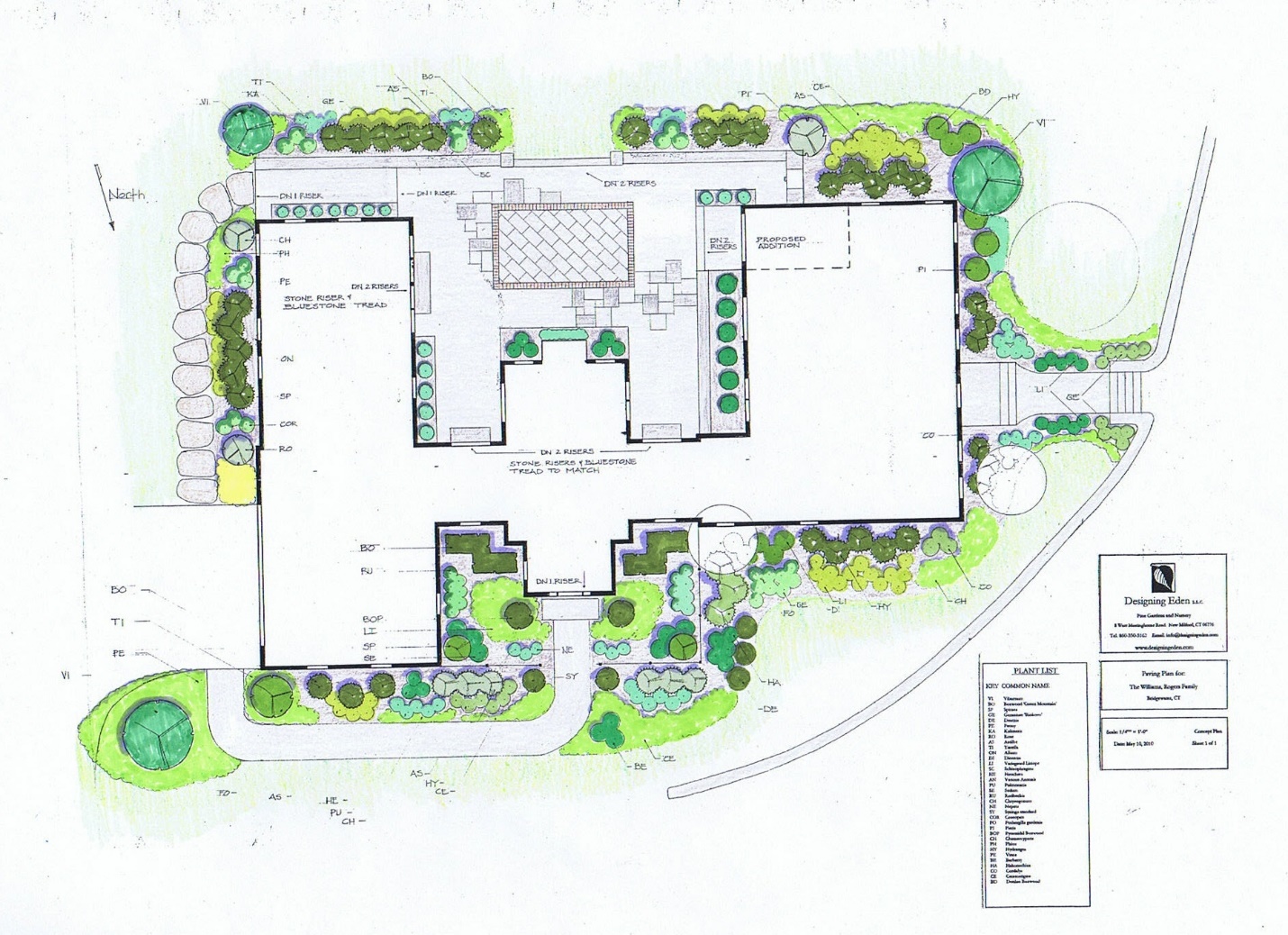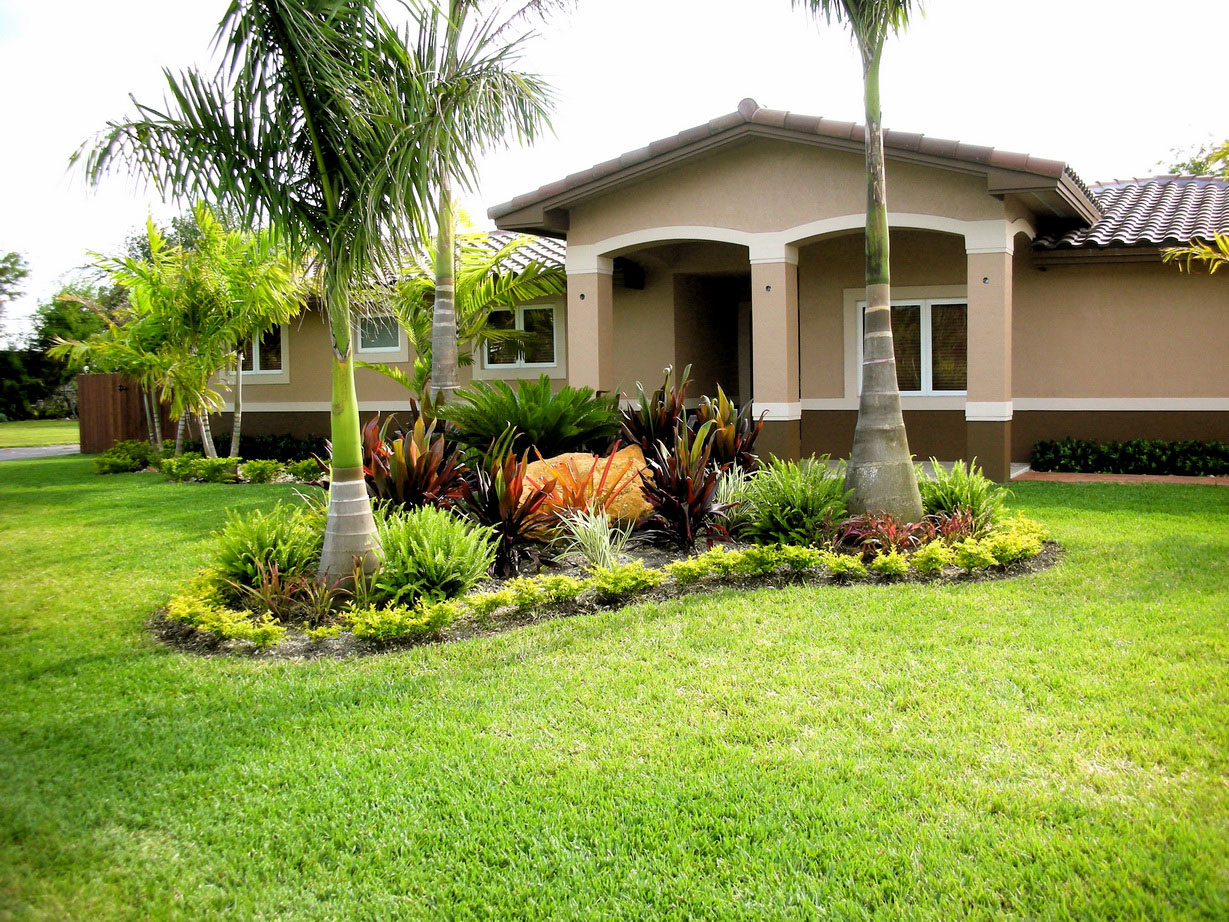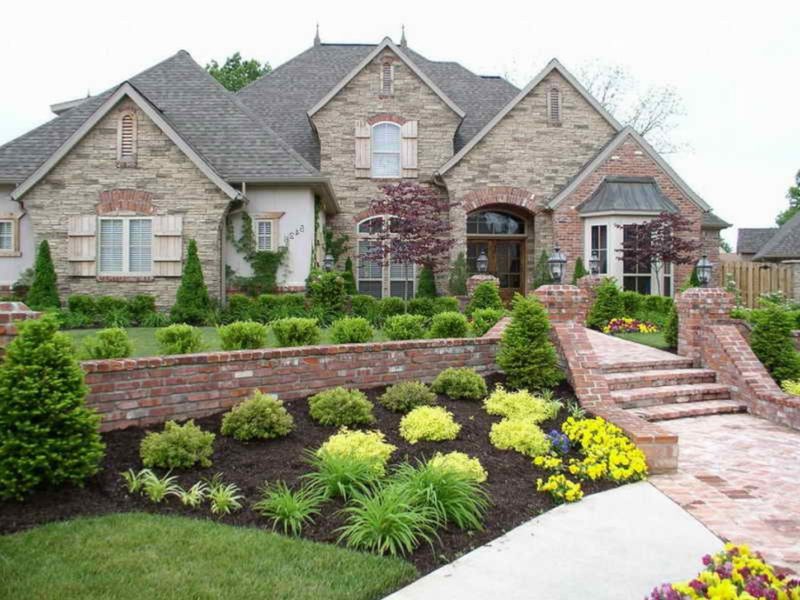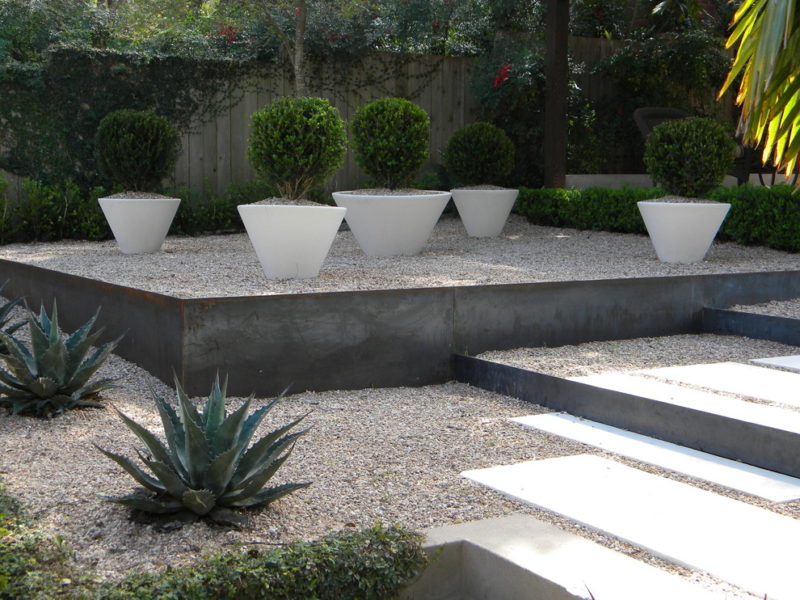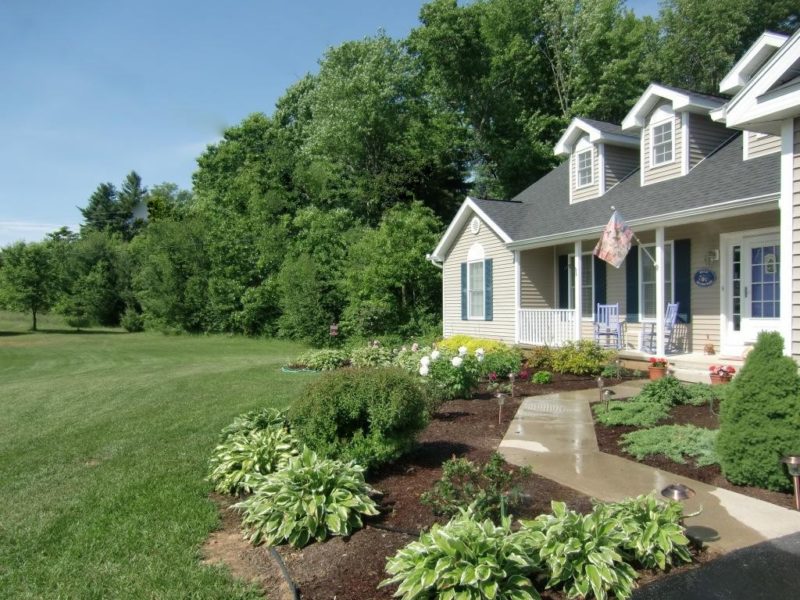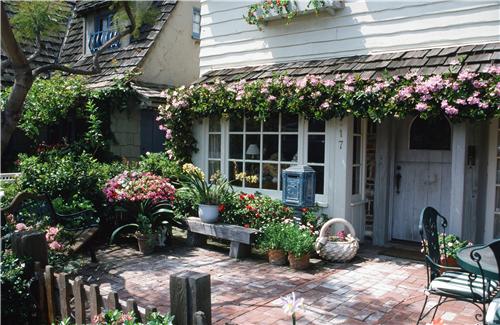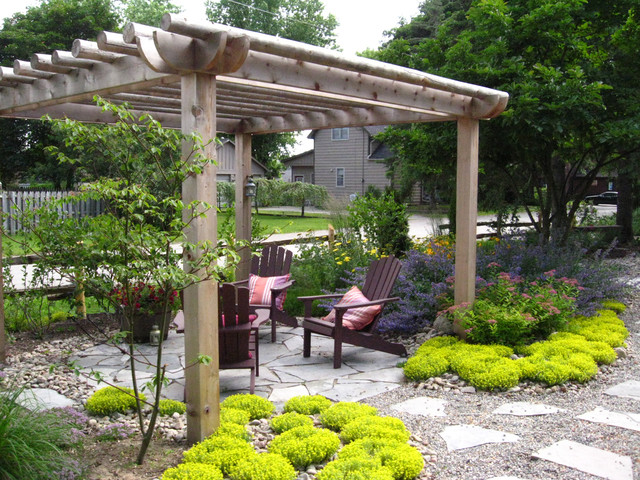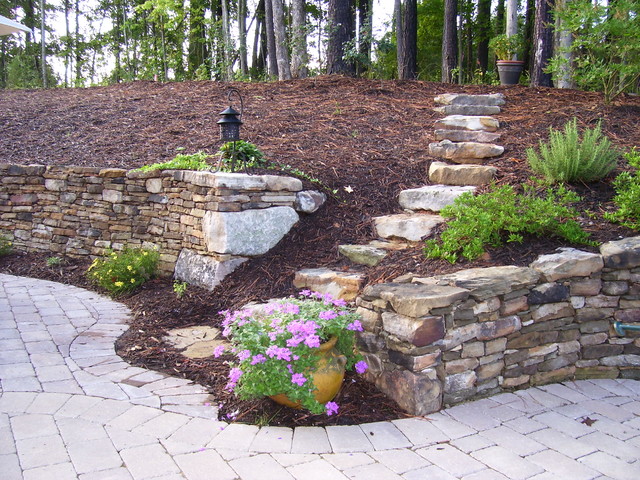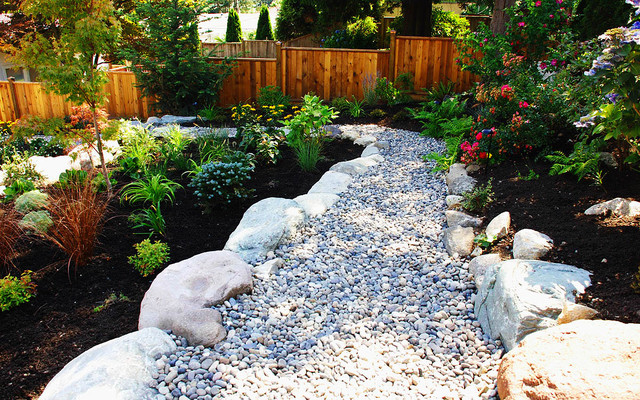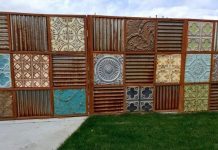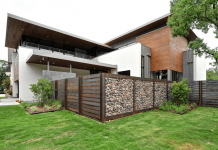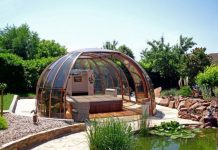A gardening zone is a landscape placement strategy that determines which plant would grow better in what location, and assesses the compatibility of each zone with corresponding plant, and seed growth accordingly. It dictates that the plants selected for the landscape should be compatible with the climate, and other external factors that would factor in the suitable growth of the plant. There are various climatic factors that affect the growth and performance of the plant, and if planted accordingly, then it could enhance the quality of your garden. In this article, we would be discussing ten ideas that would create, and beautify workable gardening zones, keeping in mind, the efficiency, and aesthetics.
1. In Plan
The most substantiate representation of gardening zones could be handled through the planning – which entails the help of a professional, or an amateur layout of your gardening area with an appropriate square footage – and try its applications via dividing the given area into specific zones, and planting accordingly, so that each zone may thrive in the optimum conditions that have been meticulously constructed through careful planning, and allocation of space. You can decorate these zone by color coding the specific areas according to the landscape chart, giving off a unique, and beautiful vibe.
2. Climatic Zones
One of the most important factor during planting your gardening zones is factoring in the climate – each garden has its very own individual characteristics, in that, the climatic zones dictate the appropriate application, and growth of the seedlings that you would plant. Each seed would be planted according to the zone that would help it nourish the most, and the climate is an important factor in that aspect. The beauty of climatic zoning is the play on natural light, which helps it thrive in the best of settings, while providing beautiful aesthetics.
3. Porch Border Gardening Zone
This one is purely decorative, and the owner would have a large amount of liberty with ornamental plants. Ornamental plantation in and off itself is a non-functional attraction, but it is also easy on the eyes. Planting this ornamental gardening zone is more for aesthetics, and less for functional purposes, and if done the right way, then the careful amalgamation of different sort of plants could come out as not only beautiful, but also attractive in the combination of tall, and short, colorful and bland.
READ ALSO: 9 Charming Cottage Garden Design Ideas
4. Unornamented
If your tastes run the gamut of Zen, or minimalism, then the unornamented zone would be the best choice for you. When you do less ornamentation, you’re leaning more towards the concept of hardscaping, and hardscaping, in its essence is a type of embellishment that makes for an easier, cleaner, landscape design. Adding a bit of green to this design philosophy would mean allocating specific zones for each kind of planter variety. Compact grasses, and flowering plants in deliberately designed hollow zones would make for an enchanting look when it comes to the ‘unornamented’ style.
5. Front Elevation Gardening Zone
If your lawn is not a partial derivative of your front elevation, then you’re doing something wrong. For the most part the front lawn is a major part of the elevation, and most gardening zones define the color and textures that are supposed to complement the main facade of your house. So using the lawn to highlight the house is a nice strategy.
6. Informal
Informal garden type would be a hodge podge of charming old time annuals, perennials, and herbs. It would provide plenty of flowers for cutting, and pruning, as well as providing a charming, quaint feel to the overall facade of the house.
7. External Interventions
Another way to beautify your gardening zones, and set them apart from the rest is by external interventions. These interventions may, or may not include – depending on the visual aesthetics of the user – pergolas, benches, bridges, and small rock formations. Each of these interventions would enhance the quality of your garden zones, and make for beautifying ornamental features that would farther enhance the visual supremacy of your zoning placement.
8. Water Bodies
If your garden is big enough, then one of the best enhancing feature of any gardening zone would be a centralized water body. Water bodies have and added bonus of being both functional, as well as aesthetic routines – the water could act as a carrier of humidity, and perspiration, while at the same time acting as an ornamental, centralized feature.
9. Retaining Walls
Retaining walls are used essentially to humanize the contouring path of hilly areas, but could be used as a decorative design element for any home, or commercial garden area. They could be built upon in layers to differentiate between the green garden zones that have been allocated according to the planning draft. Their long, straight formations, and rectilinear layering is not only an easy way to discern one kind of plant from the other, but also create barriers between the roots, and make for a subtle mountainous effect that would definitely add to the aesthetic quality of your garden.
10. Paths and walkways
One of the most basic zoning patterns in any landscape plan are the paths, and the walkways. Not only do they define the walking patterns, but the used materials and the textures could very well showcase the beauty of your garden. The contrast in these hardscaped and green garden zones make for an interesting forte of clashes that are just as complementary, as they are contradictory. You can make the path zone elongated and curvilinear, or straight and systematic depending on the kind of aesthetic you have.
READ ALSO: 14 Outstanding Rock Garden Design Ideas

